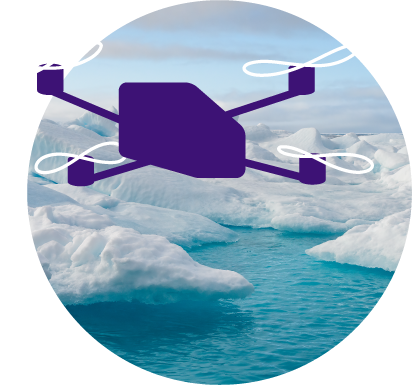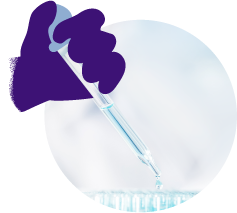
Cutting-edge tools for next generation biodiscovery
Minimal footprint, maximal access
Our approach to bioprospecting combines new technologies, multi-omics, and advanced computational tools to unlock the potential of nature's most tenacious organisms.
We apply these techniques across the biodiscovery pipeline to overcome conventional limitations. This allows us to efficiently target extremophiles, explore a wider range of extreme environments, and accelerate sustainable exploitation.
From nature to market
Fast, affordable and efficient


Smart and targeted sampling
Using drones, remote sensing, and legacy samples to access unique microbial diversity.



Customised tools for biodiscovery
Combining microfluidics with advanced algorithms and models to increase screening efficiency.



Multi-omics for ecological insight
Applying multi-omics and AI-driven analytics to understand biodiversity, molecular adaptations, and metabolic pathways of these unique organisms.



Scalable bioproduction
Developing high-value compounds such as robust enzymes, bioactive metabolites, and sustainable bioprocesses.


Responsible exploitation
Ensuring fair and sustainable use of microbial resources through training, awareness, and policy contributions.
